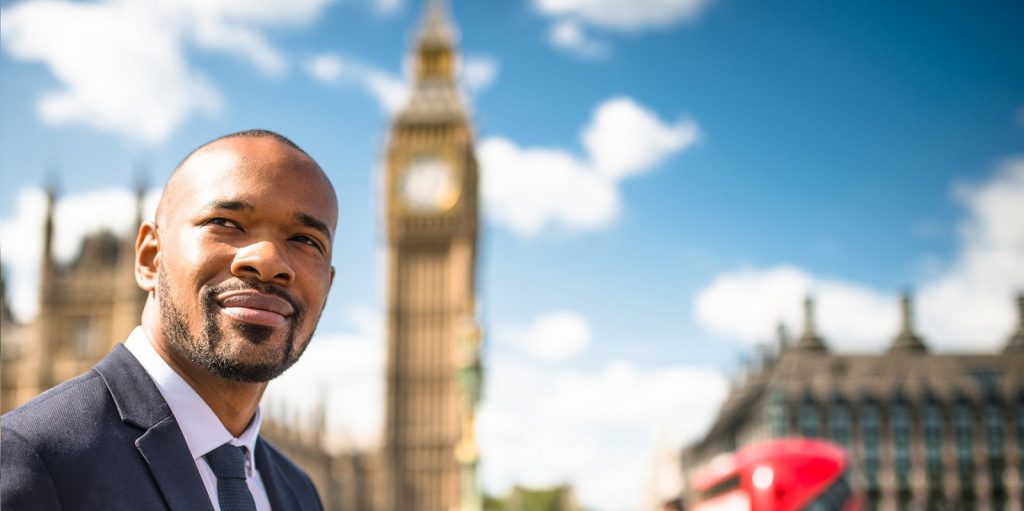We are often asked whether a U.S. trademark registration protects your trademark around the world. Unfortunately, the answer is that it does not. However, today it is easy to protect your trademark globally. Let’s take a look at the options how.
There is No “Global Trademark”
First, there is no “global trademark” that can be used to protect your trademark in every country around the world. Although treaties have been entered making it easier for trademark owners to extend protection of their trademarks into other countries, the world’s trademark systems remain largely separate and maintained on a country-by-country basis.
The myth of the global trademark most likely emanates from the Madrid Protocol system and how trademark rights are extended through the World Intellectual Property Office’s (“WIPO”) clearing house for trademarks. In short, when you apply for international protection of your U.S. trademark through the Madrid Protocol system you effectively extend your U.S. rights to WIPO’s global trademark clearing house located in Geneva, Switzerland. When this occurs, you receive an international certificate of registration which, in and of itself, is relatively affordable. However, that certificate does not protect your trademark in all of the countries of the world or even the countries that have signed on to the Madrid Protocol treaty. Rather, once received, this “international registration” is used to extend your U.S. trademark into the other member nations of the Madrid Protocol that you select.

As such, under the Madrid Protocol, a U.S. trademark holder does receive an “international registration” but this is not effective to protect its trademark in the other member nations until the trademark is specifically extended into those countries by the trademark holder. Each country, in turn, has a fee for such extension.
Thus, under the Madrid Protocol it is easy to extend your U.S. trademark internationally on a country-by-country basis. But the myth of the global trademark remains just that, a myth.
Extending Your U.S. Trademark Under the Madrid Protocol
Although there is no one global trademark, you can still extend your U.S. trademarks easily and affordably under the Madrid Protocol into more than 80 countries worldwide. To do so, you must:
a. Own a U.S. trademark application or registration;
b. Be a U.S. citizen, a U.S. business entity, or have a real and effective presence in the U.S., and
c. Know which specific countries you would like protection that are part of the Madrid Protocol.
An Application to Extend Your U.S. Trademark Rights may then be made with the U.S. Patent and Trademark Office directly seeking protection in specific countries who have also signed the Madrid Protocol.
Extending Your U.S. Trademark Under the Madrid Protocol
Although there is no one global trademark, you can still extend your U.S. trademarks easily and affordably under the Madrid Protocol into more than 80 countries worldwide. To do so, you must:
a. Own a U.S. trademark application or registration;
b. Be a U.S. citizen, a U.S. business entity, or have a real and effective presence in the U.S., and
c. Know which specific countries you would like protection that are part of the Madrid Protocol.
An Application to Extend Your U.S. Trademark Rights may then be made with the U.S. Patent and Trademark Office directly seeking protection in specific countries who have also signed the Madrid Protocol.
A Little More About the Madrid Protocol
The Madrid Protocol has vastly simplified the international protection of trademarks. However, you should be aware of a few important nuisances when extending your rights under Madrid.
a. Filing Fees are Non-Refundable: As with a U.S. application, the government and/or organizational filing fees to extend your trademark under Madrid are non-refundable.
b. The 5-Year Rule: As mentioned above, you can extend protection of your U.S. application or registration. When doing so, however, for the first 5 years the extension relies on the continued existence of the underlying U.S. trademark. As such, if your U.S. trademark gets refused or otherwise becomes abandoned you will need to convert any extension under the Madrid Protocol into a direct application with that country’s intellectual property office. This is easy to do, however, additional costs will apply.
c. Examination by Foreign Trademark Offices: It should also be noted that just because you request an extension of your U.S. trademark it does not mean that you will automatically receive protection in the target countries. The respective foreign trademark offices, like the U.S., will also examine your request to determine if your trademark is entitled to protection in their country.
Protection in Non-Madrid Protocol Countries
Lastly, protection for your trademark is also available in countries that are not members of the Madrid Protocol. For instance, as of the publication of this article most countries in Africa, South America and the Middle East are not members. As such, to protect your trademark in these countries the same must be initiated by filing directly in these countries’ respective intellectual property offices via local counsel and not through the U.S. Patent and Trademark Office.
